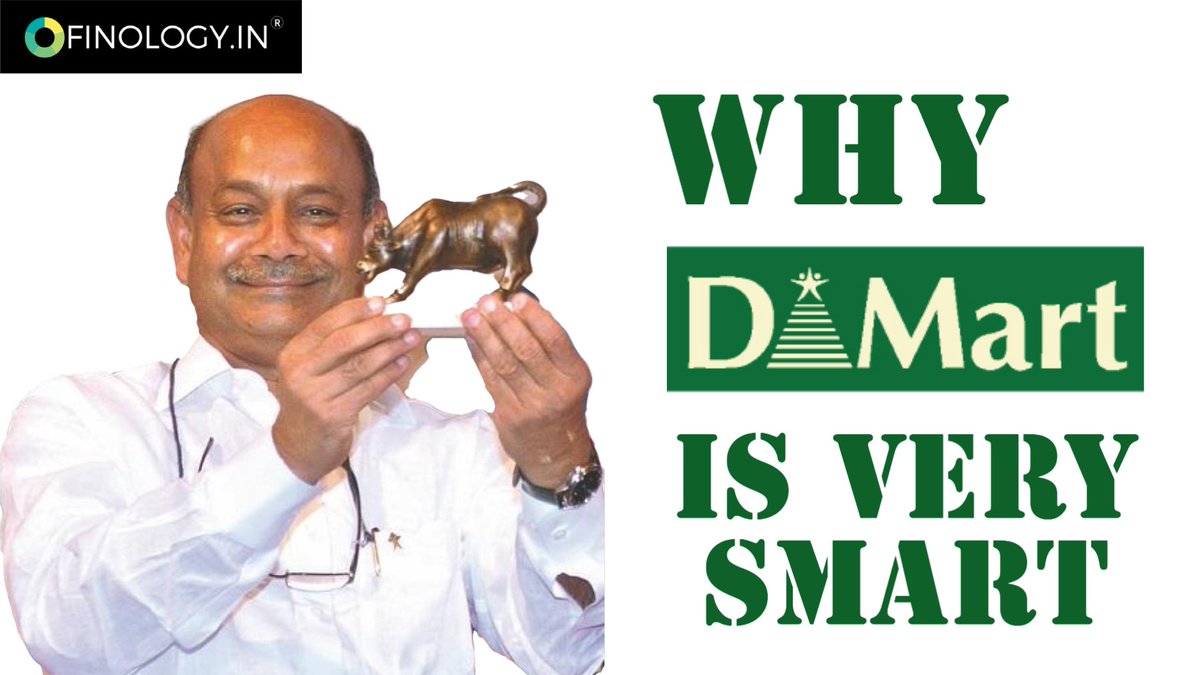
(2/7)
Days before the attack, a surprisingly high number of ‘put’ options were purchased on United Airlines and American Airlines stocks (that were hijacked during 9/11).
*Put option: The prices would fall *Call option the prices would rise
Days before the attack, a surprisingly high number of ‘put’ options were purchased on United Airlines and American Airlines stocks (that were hijacked during 9/11).
*Put option: The prices would fall *Call option the prices would rise
(3/7)
On 6th & 7th September 2001, the Chicago exchange handled 4,744 put options for UAL stock compared with just 396 call options. The put-to-call ratio would normally be 1:1 but on that day, it was 12:1.
On 6th & 7th September 2001, the Chicago exchange handled 4,744 put options for UAL stock compared with just 396 call options. The put-to-call ratio would normally be 1:1 but on that day, it was 12:1.
(4/7)
On 10th September 2001, American airlines’ option volume was 4,516 puts and 748 calls, a ratio of 6:1, based on a check of option trading records.
On 10th September 2001, American airlines’ option volume was 4,516 puts and 748 calls, a ratio of 6:1, based on a check of option trading records.
(5/7)
No other airline stocks were affected; only United and American were shorted in this fashion.
No other airline stocks were affected; only United and American were shorted in this fashion.
(6/7)
After the terrorist attacks, shares of AMR and UAL plunged 39% and 42% respectively according to sources, which translated into a total profit of over $5 million for the person or persons who bet the stock would fall.
After the terrorist attacks, shares of AMR and UAL plunged 39% and 42% respectively according to sources, which translated into a total profit of over $5 million for the person or persons who bet the stock would fall.
(7/7)
Do you think Al-Qaeda was behind the unusual trading and profited from it?
Do you think Al-Qaeda was behind the unusual trading and profited from it?
• • •
Missing some Tweet in this thread? You can try to
force a refresh





